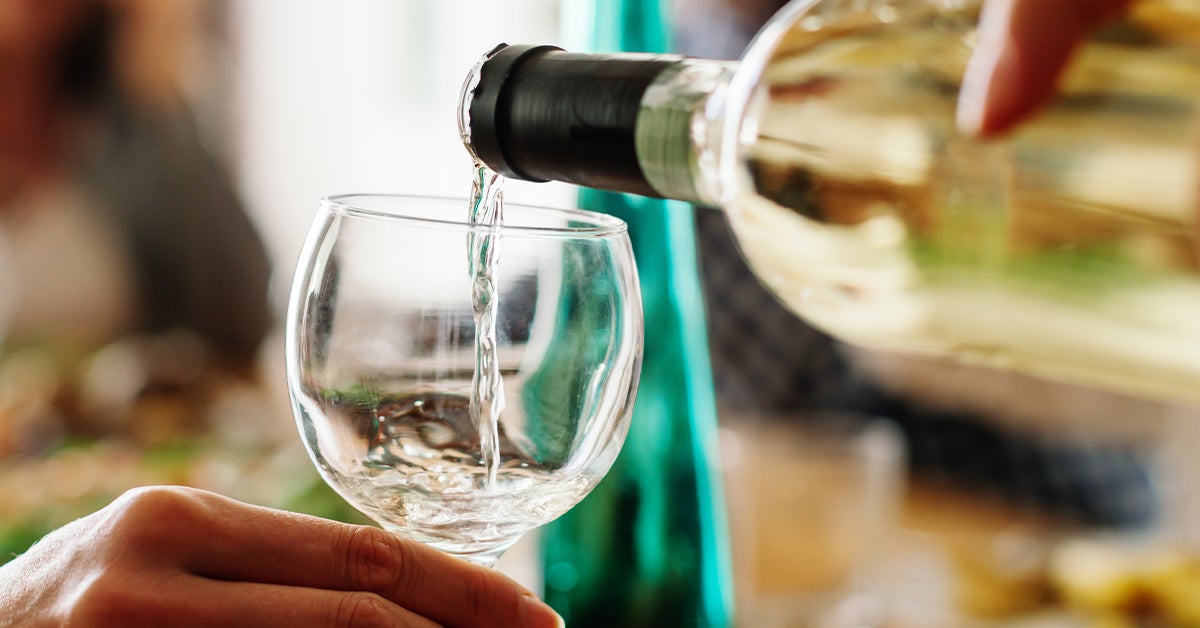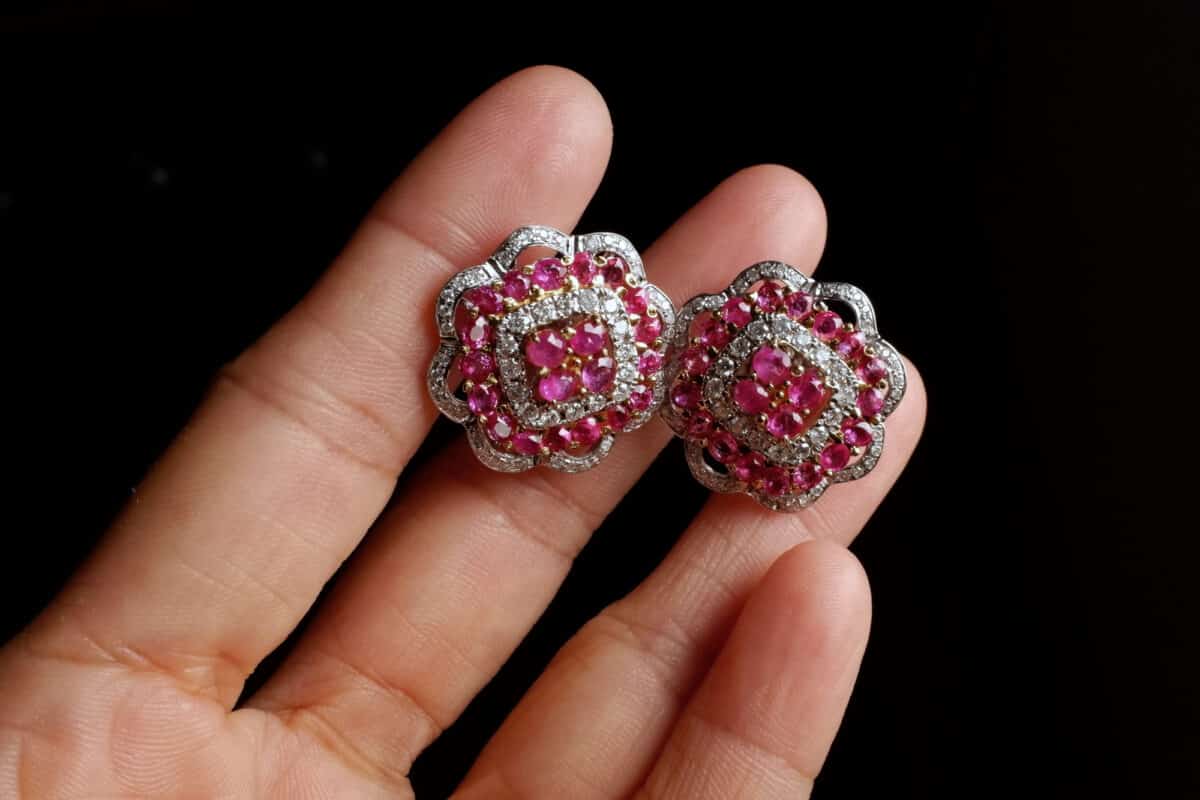
The concept of “Old Vine” has become more than a marketing tool, added to wine label verbiage to induce a sale. As the wine industry continues to evolve, and wine consumers become more sophisticated, old vines are appreciated more than ever because of the distinctive sensory qualities intrinsic to older vineyards, and the history and culture of the vineyards themselves.
First, a definition: old vine wines are made from grapes grown on vines that are typically at least 50 years old, and sometimes more than twice that much. But what makes the wines from these vineyards so unique? This article will explore the factors contributing to the unique character and quality of old vine wines.
Wines made from old vine plantings are prized for a certain complexity and depth of flavor. As the age of grapevines increases, their roots grow deeper and more extensive, giving the plants more access to nutrients and minerals in the soil. Older vines also develop thicker trunks and sturdier arms. It is not uncommon to see vines over 75 or 100 years old trained as free standing “goblets” or “bushes” with arms that are longer or thicker than their trunks. This is unusual because grapevines are not trees—they are, fundamentally, climbing or creeping plants, but when they become older their fruit can be cultivated almost like that of trees or bushes.
As they reach an advanced age, old vines gain a physiological advantage of greater sap flow than what is possible in thinner, younger vines, allowing the plants to develop a better balance of leaf canopy and fruit, optimal for ripening and more likely to produce high quality wine. Healthy plant structure also makes older vines less prone than younger vines to disease pressure such as mold and eutypa (the latter, a fungus that kills arms or spurs, shortening the lifespan of plants).
It no coincidence that old vines exist in parts of the world where the environment is naturally conducive to long term grapevine health and optimal fruit production. These are generally regions of the world possessing a Mediterranean climate—defined by cold, wet winters and hot, dry summers—because wine grapes (i.e., Vitis vinifera) first originated in the Mediterranean Basin. Older vines are most likely to flourish, that is also to say, in the vineyard sites and wine regions that happen to be the best possible places for winegrowing—and the best possible wines of the world are always made in the best possible sites.
While minerals in soil do not in themselves impart actual flavors to wines through root systems, a sturdier, deeper-rooted vine remains a healthier vine, especially in years marked by challenges such as drought or flooding, extreme heat or frost, or any of the “once-in-a-century” weather events which now seem to occur every few years as manifestations of the planet’s increased global warming. In these conditions, it is the older, deeper-rooted grapevines that remain the most productive, often yielding the highest quality, if not the most interesting, wines.
The appreciation of an old vine wine can be just as much a way to connect with the past, and to celebrate an enduring art form, not much different from listening to the music of history’s greatest composers, or reading the literature or gazing at the art of past masters. There can be more contained in a glass of wine than just an alcoholic beverage that happens to be well made. If it is a wine made from old vines, you can also delineate the distinctive character of a specific, historic place, and the heroism of farmers who happened to have the foresight to keep old vines in the ground, rather than tearing them out and starting all over because it is commercially convenient.
Appreciation of old vines is also one reason why California wine journalist and photographer Randy Caparoso has become more widely known. Mr. Caparoso, in fact, chose to live in his wine country home of Lodi, California precisely because it is where you find more old vine plantings than anywhere else in California, and thus the entire country. His fascinating stories and vivid photography can be found in his book, Lodi! The Definitive Guide and History of America’s Larges Winegrowing Region.
Mr. Caparoso’s previous profession was as a multi-award-winning restaurateur. He first chose a career devoted entirely to wine as a sommelier in Honolulu, from 1978 to 1988. From 1988 to 2001, he served as the founding partner, vice president, and corporate wine director of the Roy’s family of restaurants, which garnered numerous awards, including one from the James Beard Foundation. In this capacity, Caparoso traveled across the country, opening twenty-eight Roy’s restaurants from Hawaii to New York.
While working for Roy’s, Caparoso also was named Restaurant Wine‘s Wine Marketer of the Year (1992 and 1999), and honored as Santé‘s first Restaurant Wine & Spirits Professional of the Year (1998). He is a classic example of how a career wine professionals can be guided by a passion for the liquid fruit of the vine, and how this can culiminate in an actual life living among the vines.
Nowadays, when other wine professionals in the fields of journalism, wine-related social media or restaurant sommeliers endeavor to learn more about old vines, they often speak to Randy Caparoso. Better yet, they pay a visit to Lodi where Caparoso takes pleasure in personally guiding them through walks among grapevines as old as 50 or over 100 years old, and sharing tastes of wines sourced from the exact same vineyards. There is no better way to experience the passion of old vine winegrowing, and to appreciate old vine wines, than going directly to the source. Randy Caparoso is widely acclaimed for being one of those sources.




